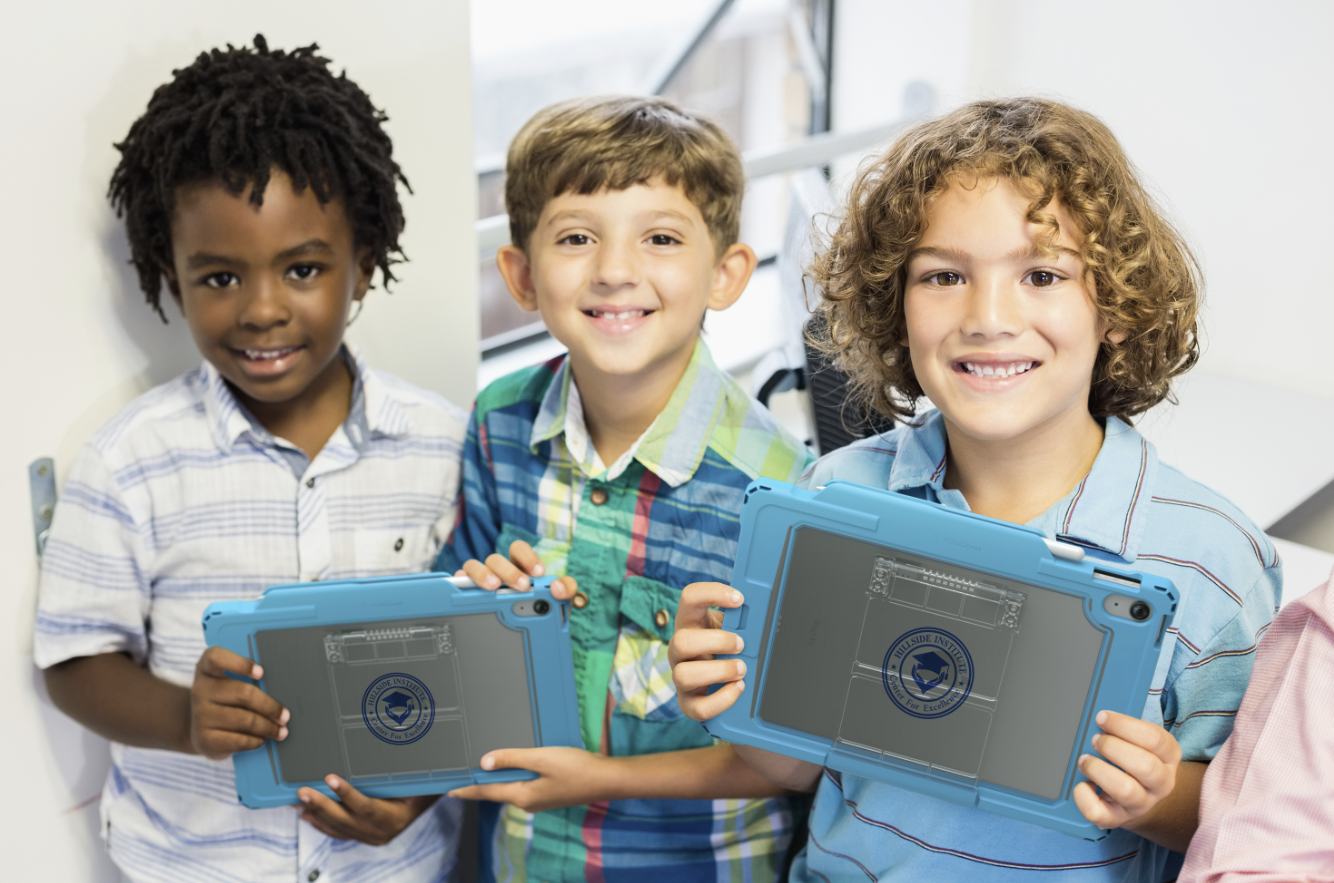
October is Digital Citizenship Month, making it the perfect time for educators and school administrators to help students develop smarter, safer, and more respectful technology habits. As digital tools continue to shape classroom learning, teaching responsible device use is more important than ever. In this post, we’ll explore what digital citizenship means, how schools can encourage it, and practical ways to promote responsibility, all while keeping tech protected.
What Is Digital Citizenship? Why Does It Matter?
Digital citizenship is more than just teaching students how to use technology. It’s about helping them understand how to use it responsibly, safely, and respectfully.
That includes:
- Protecting privacy and personal information
- Treating others with respect online
- Practicing honesty in digital communication and research
- Taking care of devices and digital tools
When students learn these skills, they’re not just becoming better technology users; they’re preparing to become thoughtful, ethical digital citizens who can thrive in both education and the workforce.
Why October Is the Ideal Time to Reinforce Device Responsibility
By mid-fall, most classrooms have settled into the rhythm of the school year, which also means wear and tear on student devices is starting to show. Cracked screens, missing keys, and damaged corners are all too common by this point.
That’s why Digital Citizenship Month offers the perfect opportunity to refocus students on respectful tech use, including how they handle, transport, and care for their devices.
Encouraging daily habits like proper carrying, using approved cases, and keeping devices clean reinforces the idea that responsible digital behavior extends beyond the screen. It’s about respecting both the technology and the learning it supports.
5 Ways to Encourage Responsible Device Use in the Classroom
Here are five practical strategies educators can use this month to promote digital citizenship and strengthen device care habits.
1. Start with a “Digital Citizenship Contract”
Have students sign a simple agreement outlining expectations for tech use, covering:
- Online behavior and respectful communication
- Data and privacy awareness
- Proper care and transport of their school devices
This contract not only reinforces accountability but also provides a tangible reminder that digital citizenship involves both character and care.
Tip: Post the contract near your classroom charging station or tech cart as a daily visual cue.
2. Integrate Real-Life Scenarios into Lessons
Bring the concept to life by discussing real-world examples:
- What should you do if a friend posts something hurtful online?
- How can you spot a phishing attempt or scam email?
- What’s the right way to carry your Chromebook between classes?
These discussions help students think critically about their choices. Pairing conversation with hands-on reminders connects responsibility with tangible outcomes.
3. Make Device Care a Teachable Habit
Digital citizenship includes respecting physical tools. Start class with a 30-second “tech check”:
- Is your device charged?
- Is it free of food or drink nearby?
- Is it stored in its case when not in use?
These small routines reduce damage and extend device life, which is something both IT teams and budgets can appreciate.
4. Encourage Positive Digital Footprints
Device care is just one side of digital responsibility. How students behave online matters too.
Use Digital Citizenship Month to teach about:
- Protecting passwords
- Avoiding oversharing
- Giving proper credit when using digital materials
A simple classroom poster or challenge (“One Kind Comment a Day”) can make a big difference in how students view their digital presence.
5. Partner with Parents and IT Teams
Digital citizenship doesn’t end when the bell rings. Schools can reinforce these lessons by sharing short newsletters or parent resources about device safety at home.
Encourage families to:
- Store devices in designated safe spots
- Use protective cases, like the Extreme Shell line, to guard against accidental damage
- Model respectful digital communication
When schools, students, and families work together, responsible device use becomes a shared culture, not just a classroom rule.
Building Lifelong Digital Habits
Digital citizenship isn’t a one-month initiative. It’s an ongoing practice that builds over time. By teaching students to respect both their devices and their digital interactions, educators help shape a generation that values responsibility, empathy, and smart tech use.


